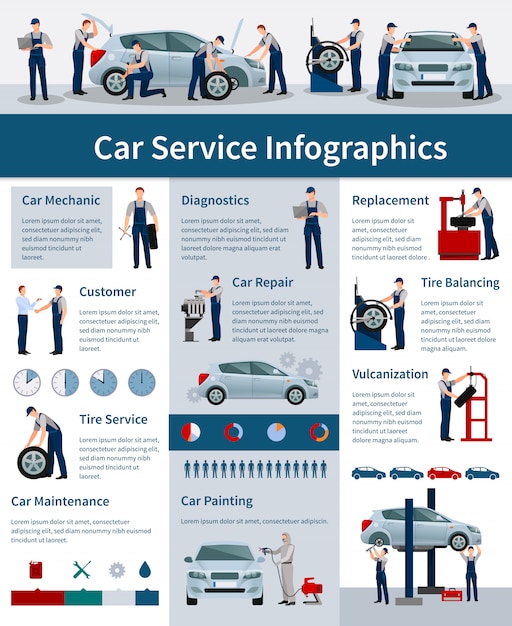Wondering Regarding The Definition Behind Those Dashboard Warning Lights? Gain Insights Into Their Ramifications For Your Vehicle'S Safety And Upkeep
Wondering Regarding The Definition Behind Those Dashboard Warning Lights? Gain Insights Into Their Ramifications For Your Vehicle'S Safety And Upkeep
Blog Article
Web Content By-Boye Corbett
When you're behind the wheel, those beautiful caution lights on your control panel can be a bit perplexing. Do you know what they're trying to inform you regarding your car's health and wellness? Understanding the value of these lights is important for your safety and the longevity of your vehicle. So, the next time one of those lights appears, wouldn't you intend to understand its message precisely and take the essential steps to address it?
Common Warning Lighting and Interpretations
Recognize common warning lights in your cars and truck and understand their definitions to make sure risk-free driving.
car wash car detailing of the most regular caution lights consist of the check engine light, which signifies issues with the engine or discharges system. If this light comes on, it's essential to have your vehicle examined promptly.
The oil pressure advising light indicates reduced oil stress, requiring prompt attention to avoid engine damages.
A flashing battery light could recommend a damaged charging system, potentially leaving you stranded if not addressed.
The tire stress monitoring system (TPMS) light alerts you to low tire pressure, impacting automobile security and gas performance. Ignoring this might lead to dangerous driving conditions.
The abdominal muscle light suggests a problem with the anti-lock stopping system, compromising your ability to stop quickly in emergency situations.
Finally, the coolant temperature level cautioning light warns of engine getting too hot, which can result in severe damage otherwise fixed swiftly.
Recognizing these usual warning lights will certainly help you address problems immediately and preserve secure driving conditions.
Importance of Prompt Interest
Understanding the common warning lights in your auto is only the initial step; the relevance of without delay attending to these warnings can't be emphasized enough to guarantee your safety when traveling.
When a warning light illuminates on your dashboard, it's your vehicle's method of connecting a possible concern that requires interest. Disregarding engine bay cleaning can lead to more severe issues later on, jeopardizing your safety and security and possibly costing you extra out of commission.
Trigger focus to warning lights can avoid failures and mishaps. For instance, a flashing check engine light might suggest a misfire that, if left neglected, can create damages to the catalytic converter. Addressing this immediately can save you from a costly fixing.
Likewise, a brake system alerting light could indicate low brake fluid or worn brake pads, critical components for your security when driving.
DIY Troubleshooting Tips
If you notice a caution light on your control panel, there are a couple of do it yourself repairing ideas you can try prior to seeking professional help.
The initial step is to consult your vehicle's handbook to understand what the particular warning light indicates. In https://audi-ecu-tuning40517.mybuzzblog.com/10833846/exists-any-type-of-hesitation-on-your-component-regarding-the-result-of-car-outlining-on-your-lorry-s-resale-value can be as basic as a loose gas cap activating the check engine light. Tightening the gas cap might fix the problem.
An additional common issue is a low battery, which can set off numerous alerting lights. Inspecting the battery connections for deterioration and guaranteeing they're protected might repair the issue.
If a warning light persists, you can try resetting it by separating the cars and truck's battery for a few minutes and afterwards reconnecting it. In addition, checking your vehicle's liquid degrees, such as oil, coolant, and brake liquid, can help troubleshoot cautioning lights related to these systems.
Conclusion
In conclusion, comprehending your car's caution lights is crucial for keeping your car running efficiently and safely. By quickly attending to these signals and knowing what they suggest, you can prevent pricey repair work and potential breakdowns.
Remember to consult your vehicle's manual for certain information on each alerting light and do something about it accordingly to ensure a trouble-free driving experience.
Stay informed, remain carundercarriagesteamclean on the road!
